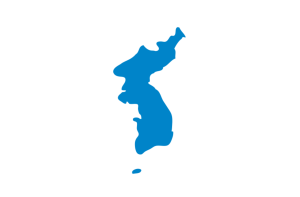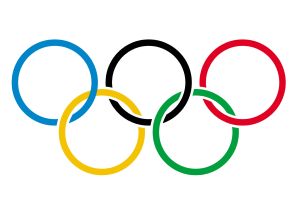The 2018 Winter Olympics are in full swing in PyeongChang, South Korea. The games began on Feb. 9, with an opening ceremony that surprised viewers. North and South Korea, while divided as countires, marched under a united flag of Korea. The flag depicted the peninsula of both Korea’s.

The decision was made on Jan. 17, 2018 for the North and South Korean teams to march together. North Korea sent 22 athletes to compete in the games and 230 cheerleaders to support athletes from both Koreas. This is not the first Olympic games that North and South Korea have marched in together. The countries did so at the 2000 and 2004 summer Olympics.
While North and South Korea are competing under their respected flags, they have united their forces to create one team. Players from both countries combined their talents to compete under the unified title of Korea. This is the first time in Olympic history that North and South Korean athletes have come together to play on the same team.
Of the 35 women on the team’s roster, 12 are from North Korea. The decision to include North Korea in the tournament was made by South Korean leaders and North Korea was given only one week to practice together as a new team.

About 3,000 fans attended the women’s ice hockey game at Seonhak International Ice Rink in Incheon. Fans cheered and waved their unified Korean flags in support of the team. The game resulted in a loss for the Koreans, in a 3-1 game against Sweden.
In a survey conducted by the South’s National Assembly Speaker and television network SBS, more than 70 percent of South Koreans oppose forming a joint team with the North. Petition were created on social media to separate the decision but the petitions were not successful.
Dr. Courtney Smith, professor of political science and history at Cabrini University, thinks that the unity seen by the world is concealing the actuality of the issues between the countries.
“There is a sign of unity at the games,” Smith said. “That sign, I think, is masking some deep, geopolitical issues that will come back out when the games end.”
North and South Korea have been divided since 1945, the end of World War II.
Emily Manda, undeclared freshman, enjoys watching the Olympic games. She enjoys the fierce competition but thinks that merging the North and South Korea teams gave them an advantage.
“I think it did give them an athletic advantage,” Manda said. “They have amazing players competing [from both sides].”


